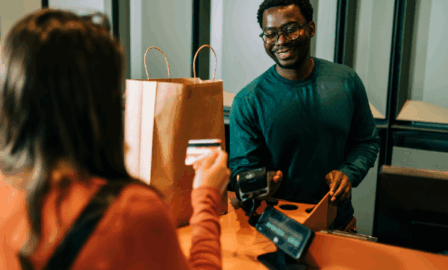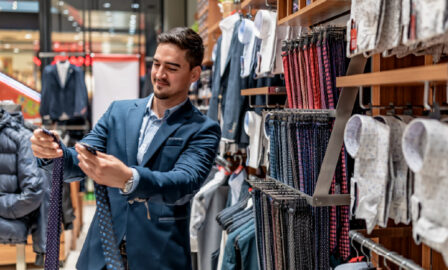Post-COVID Grocery Retail: What to Expect
As individuals continue to adjust to pandemic life, uncertainties about how to assimilate in-person and mask-less routines pose a challenge. The ‘new normal‘ is still evolving and retailers worldwide must prepare for how to accommodate post-COVID grocery retail. For grocery retailers specifically, the safety and comfort of all constituents, consumers and employees, must continue to be top of mind and they should prepare for anything that may be thrown their way.
Meeting Consumer Expectations
When considering how to navigate grocery retail in a post-pandemic world, businesses must account for their customers’ changing needs. Retailers should prepare a once ‘familiar’ experience for those ready to step foot in the outside world. However, the true trial comes from those that are skeptical and want to ease back into normal life. Retailers should continue online and mobile services such as Buy Online, Pickup In-Store (BOPIS) and contactless delivery or pickup for these individuals. Making the grocery shopping process as easy, convenient, and safe as possible, worrisome consumers will slowly warm up towards returning to in-person shopping. Grocery stores and chains will also need to continue to provide value to customers through pricing and promotion strategies, which may continue to put pressure on their already thin margins. Coupling this with continued or renewed focus on operational efficiencies, either through the use of better technology or data analytics for insights, might be the winning combination.
Protecting Employees’ Health and Well-Being
While catering to consumer needs, it is critical that retailers also look after their employees in any way possible. The most important aspect to keep in mind is communication at all levels. Mandatory symptom monitoring is crucial among employees, and retailers should also do their best to accommodate for those who feel wary of increased store capacity limits or mask-less shoppers. Several grocery stores throughout the U.S. have eased up on their mask requirements following the CDC’s latest mandate. For example, Costco and Kroger no longer require masks amongst vaccinated customers, although they continue to encourage safe protocols. Employees that feel uncomfortable with this new norm may feel at ease working in the back or during slower traffic hours. Certain grocers, such as Whole Foods and Trader Joe’s, have taken a step in the right direction by offering paid sick leave and hazard pay for their employees.
Looking Out for Everyone in a Post-COVID Grocery Retail World
While vaccination rates in the United States have risen to 40.9%, retailers should continue encouraging vaccinations among their employees and customers alike. All COVID-19 safety measures, such as face-coverings and social distancing, should remain in place for employees who are unable or ineligible to receive the vaccine. Furthermore, grocers should recommend and urge unvaccinated shoppers to wear a mask and always remain 6-feet apart. Maintaining a detailed cleaning and disinfecting routine is also essential, as retailers have a limited ability to monitor foot traffic closely. Whatever the obstacle may be, retailers should continue to satisfy their customers’ needs while considering their employees’ wellness.
Subscribe to Clarkston's Insights
Coauthor and contributions by Rachel Ruth



